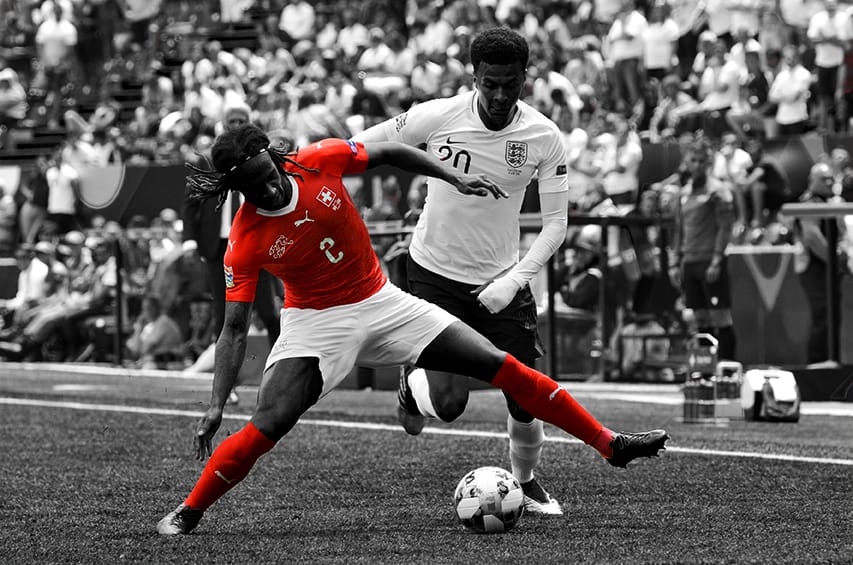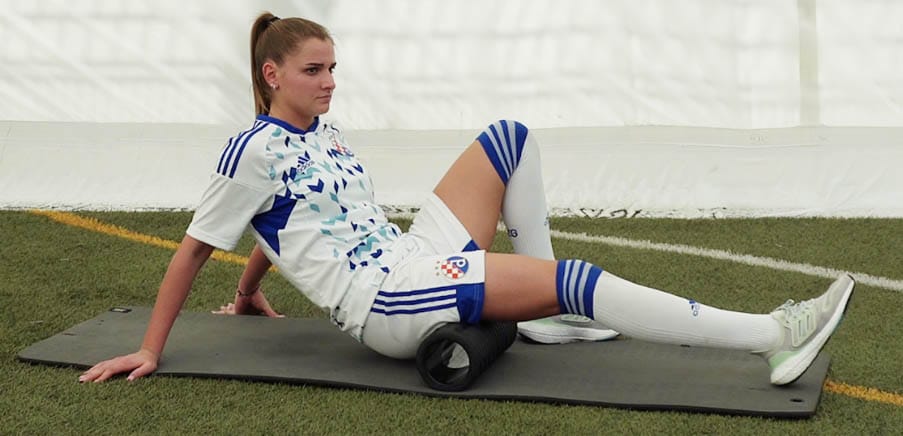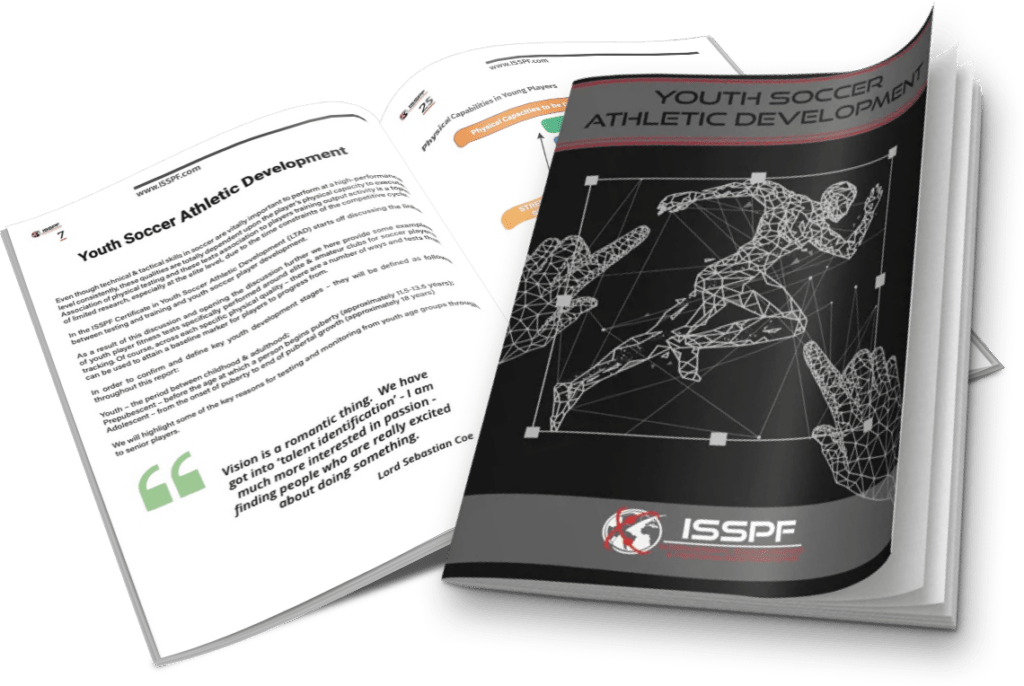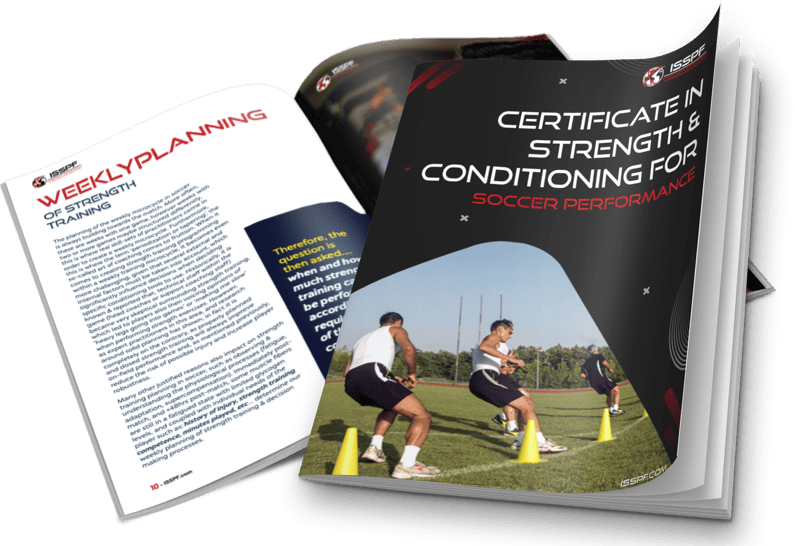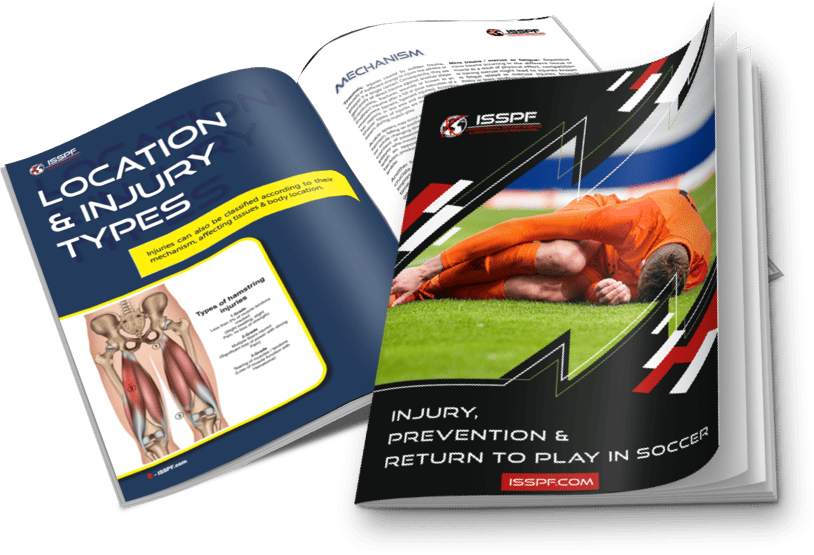Ergogenic helpers are substances that increase energy production or provide more efficient use of existing energy (Williams, 1992). Creatine (α-methyl guanidine acetic acid) is among the nutritional ergogenic supplements among the ergogenic supplements that are examined in different categories according to their usage and methods (Persky and Bazeau, 2001).
Although creatine can be synthesized endogenously, close to half of daily required is provided by exogenous nutrients (~ 2g) in sedentary individuals.
Outsourced creatine can be taken from natural nutrients such as meat and fish as well as synthetic supplements (Bemben and Lamont, 2005).
Adult individuals have approximately 120 g of creatine. 95% of total creatinine is stored in skeletal muscles and ~ 60% is converted to phosphocreatine (FK) by phosphorylation by the reaction of creatine kinase (CK).
The remaining amount (~ 40%) is stored as free creatine (Persky and Bazeau, 2001; Greenhaff, 1997; Mesa et al., 2002).
The Aim of the Study
This study was conducted with the aim of evaluating the effect of creatine usage on young athletes’ body composition and agility.
20 male soccer players with average age of 16,30±,73 participated in the study. Before starting the tests, the body weights and body compositions of the soccer players were tested with the TANITA BC-418 device. Among the obtained data, body mass index (BMI), body fat ratio, fat weight, lean body weight and total body fluid amount are available.
Then, with the Illinois test, agility measurements were tested twice, right and left, according to the participant’s priority preference at each time.
Between the two tests, a participant was expected to reach the number of resting heartbeats.
Participants continued their training using 0.3 g of creatine monohydrate per kg for 5 days, taking 0.3 g of dry milk per kg for 5 days, without taking any food supplements.
Body composition and Illinois agility test times were examined after participants’ dry milk and creatine loading.
Although there was an increase in body weight, body fat percentage and total body fluid after creatine loading, no statistical significance was found (p>0.05).
Practical Application
- Significant differences were found statistically between the first measurement and the measurements made after creatine loading in body mass index matching (p
<0.05).
- Especially with the effect of tests done after creatine loading, positive significant differences were found between Illinois test times (p
<0.05).
Share this article:

